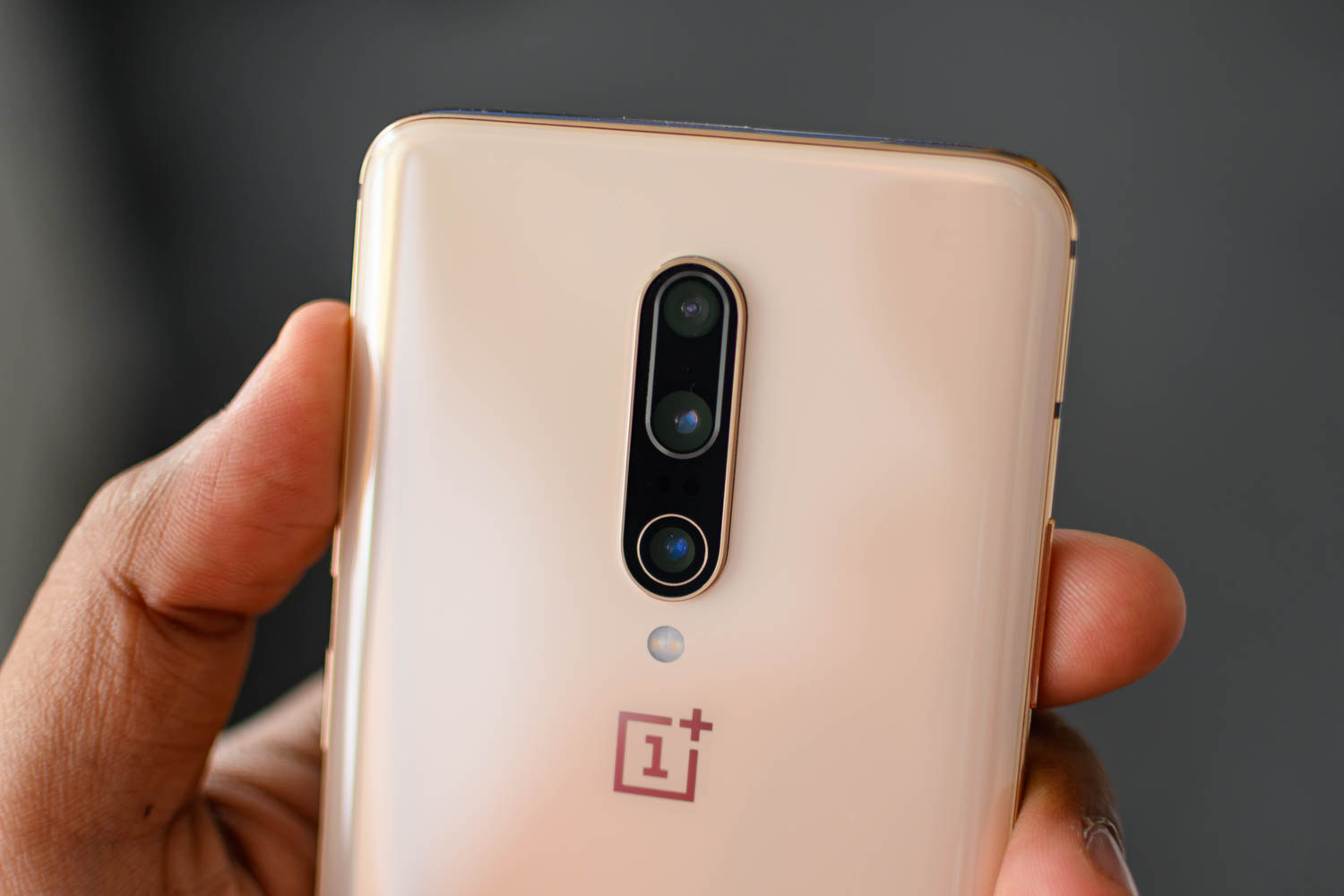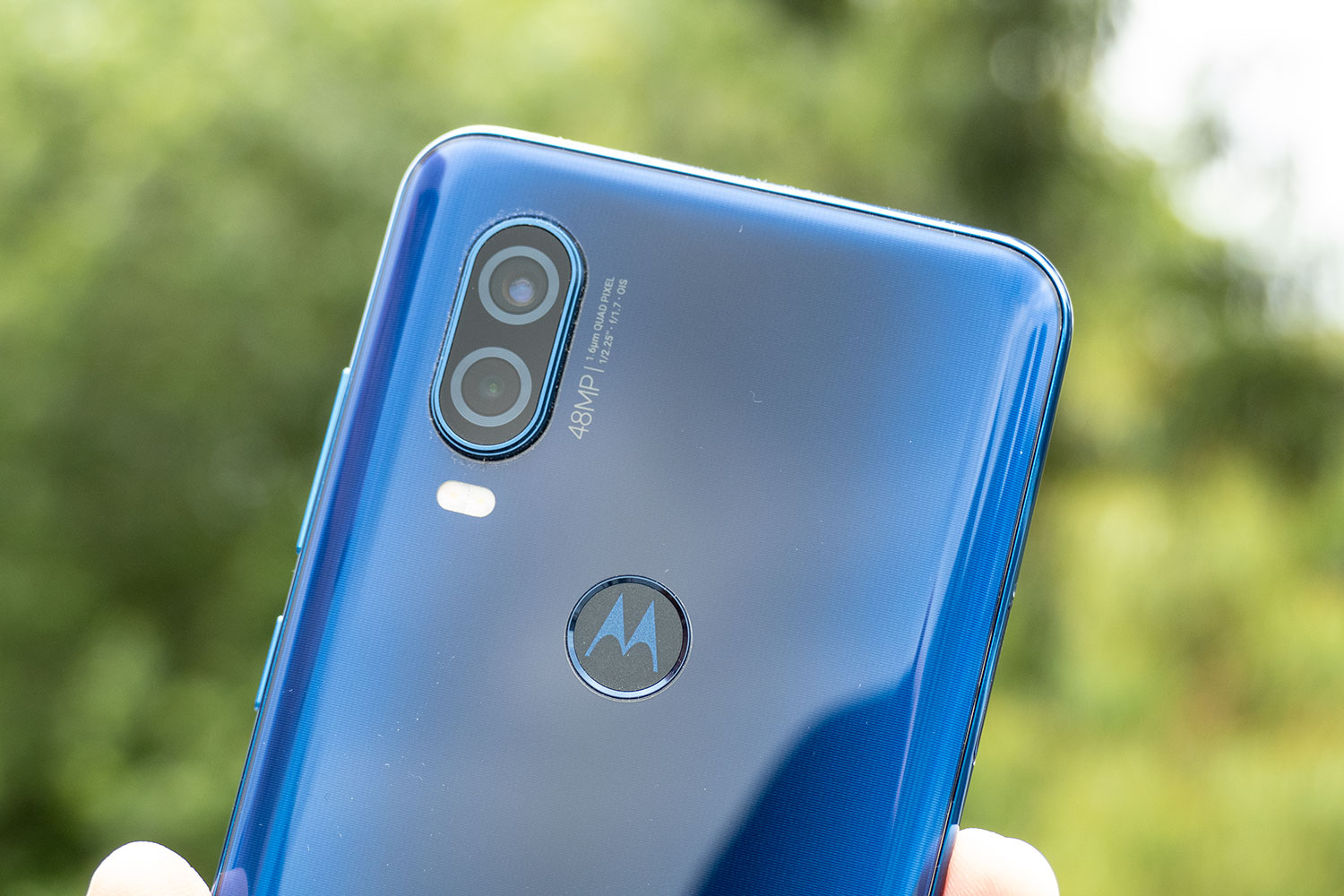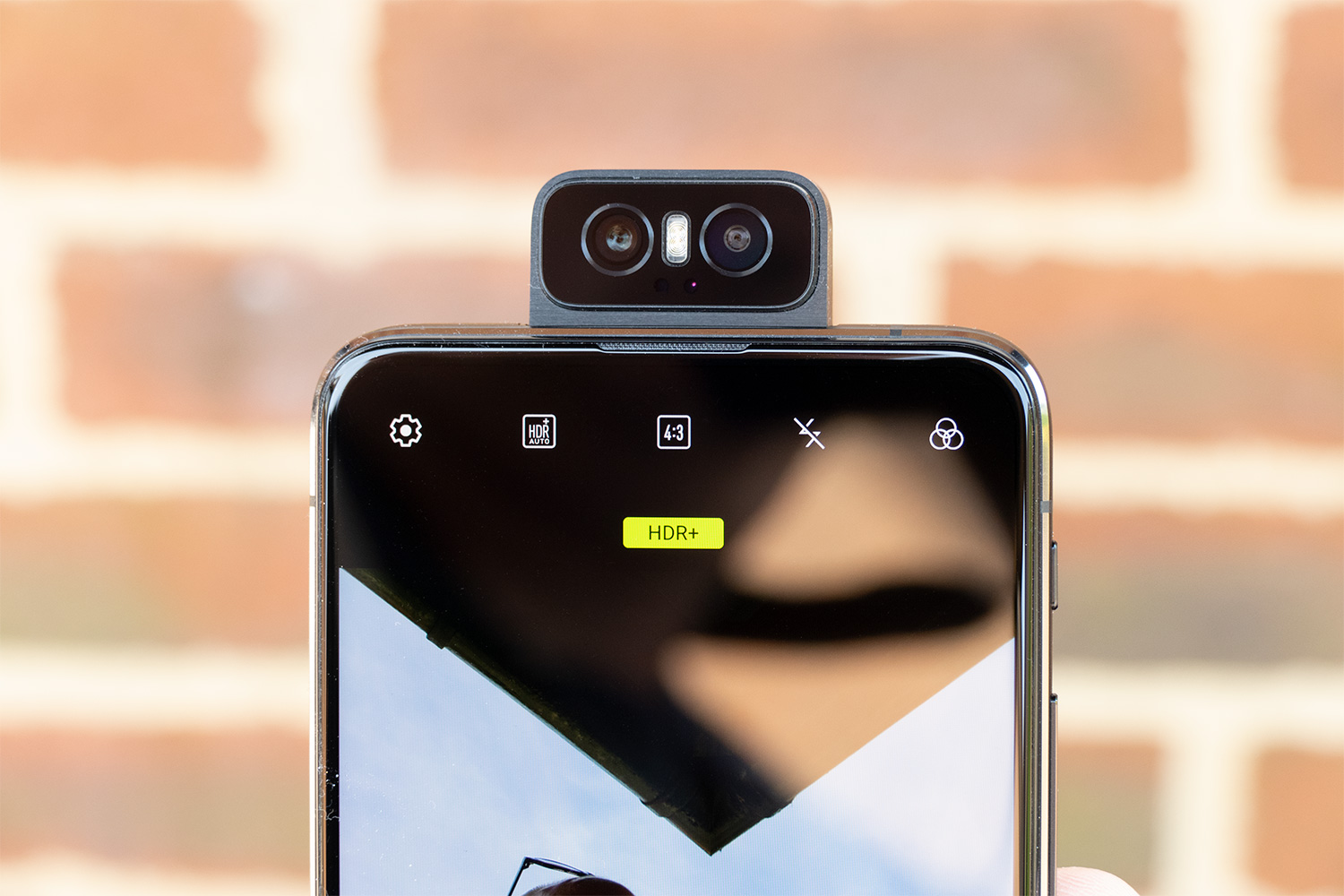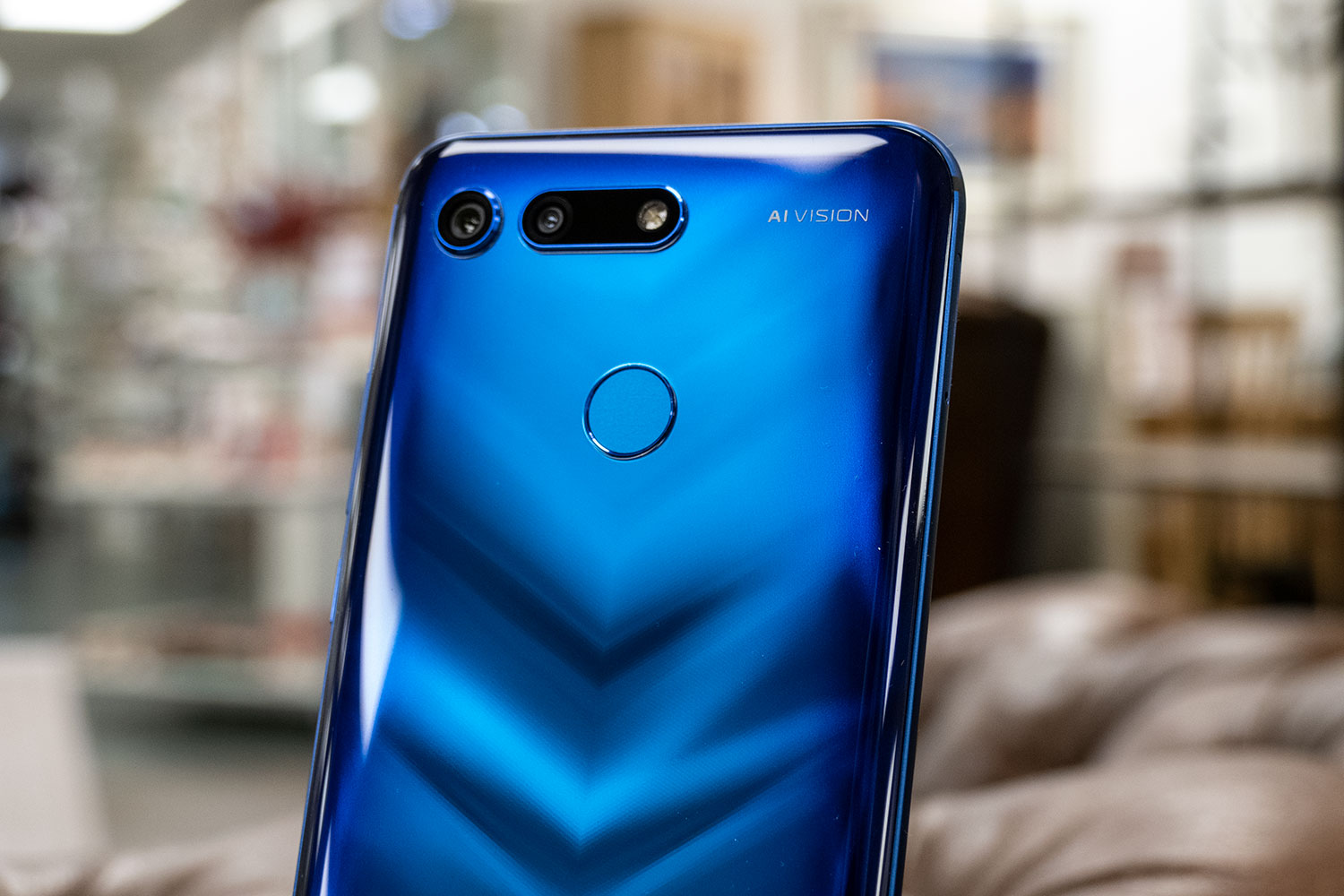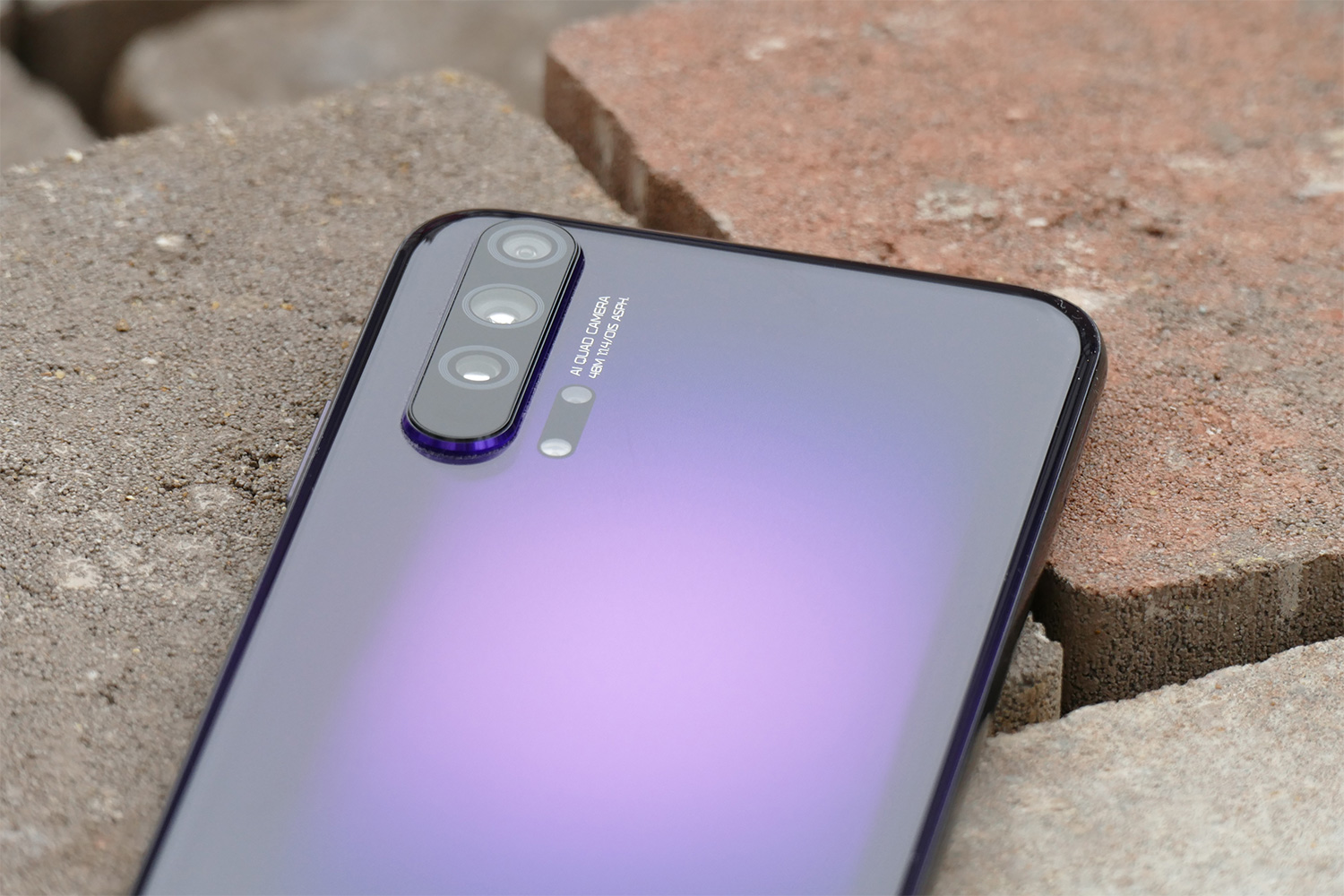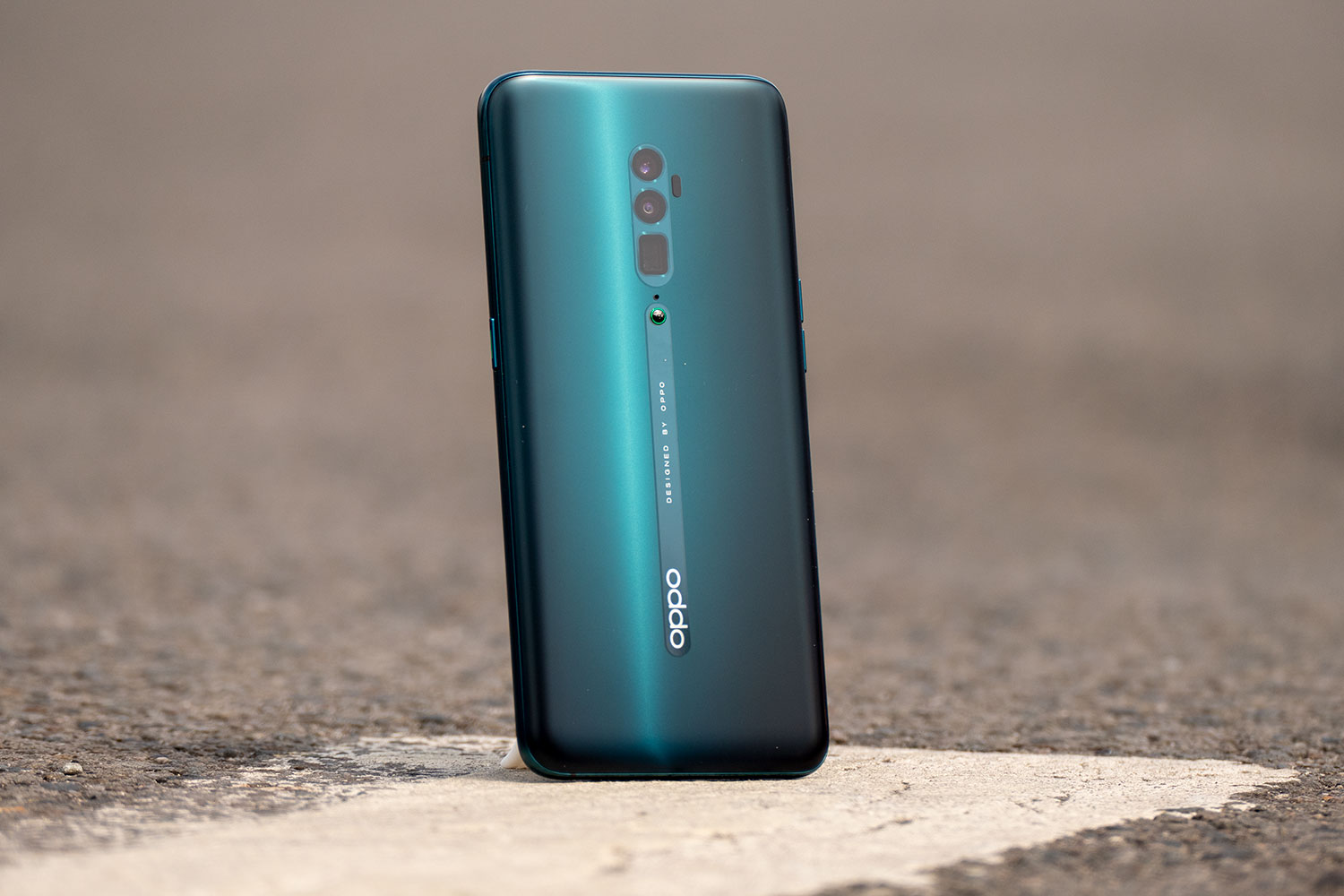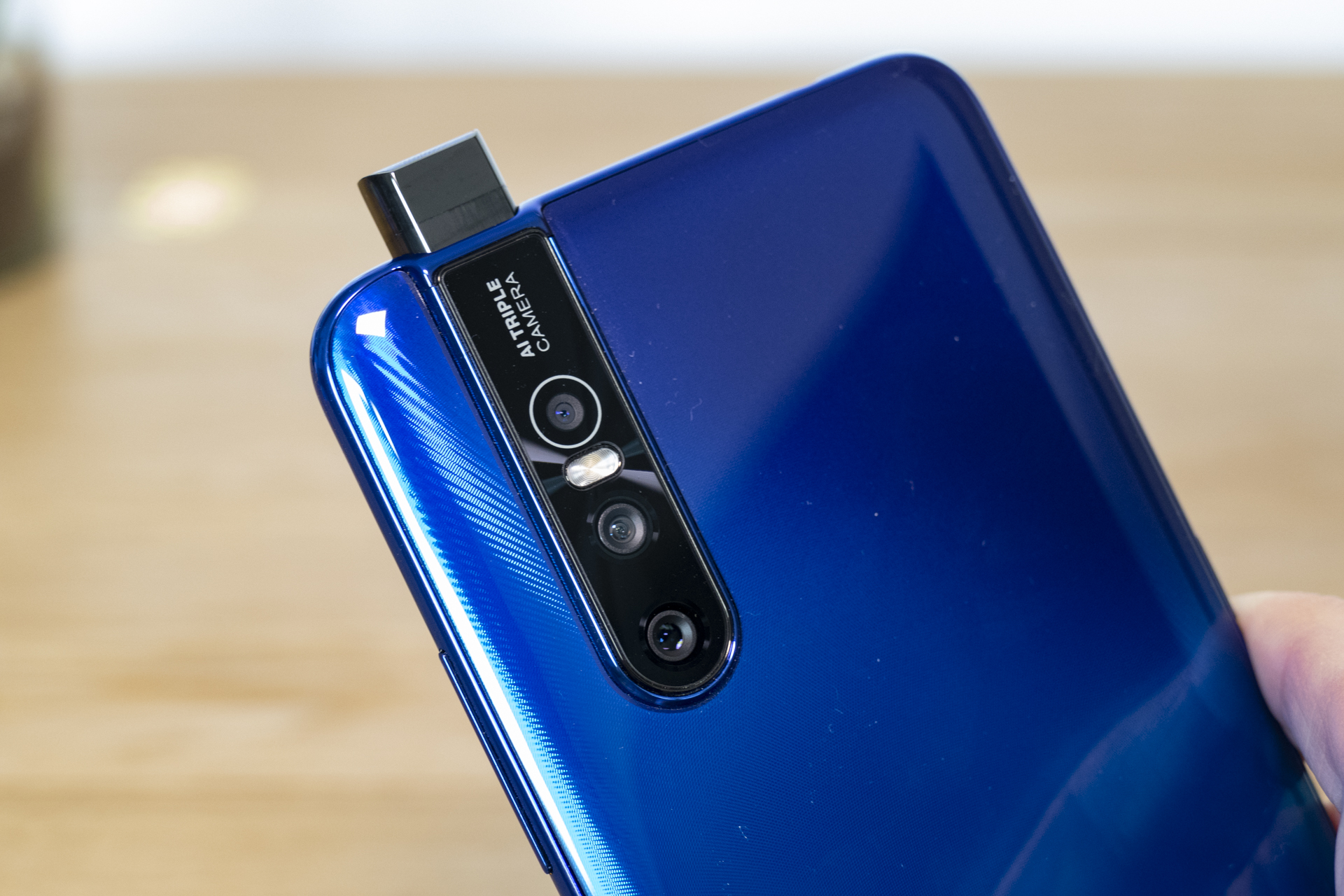
The 48-megapixel camera is becoming a mainstay on smartphones today, almost regardless of how much they cost. But do we really need a camera with such a massive megapixel count on our phones? We’re not sure, despite it being a popular trend with manufacturers; so we decided to ask a selection of experts to see if we — regular phone buyers — really see any benefit from a 48-megapixel camera on the phone in our pocket.
The answer is yes, but maybe not in the way you think.
The more megapixels, the better?
What phones have a 48-megapixel camera? The most popular and best known is likely the OnePlus 7 Pro, but it’s far from the only one. It’s joined by the Honor View 20, the Honor 20 Pro, the Xiaomi Mi 9, the Motorola One Vision, the Oppo Reno 10x Zoom, the Vivo V15 Pro, and the Asus Zenfone 6. The prices of these phones range from around $400 to $900-plus, ensuring the 48-megapixel camera cannot be considered exclusive to flagship phones, or a rarity in the industry.
More megapixels must mean better photos, right? No. This is the most important part of understanding why 48-megapixel cameras are a good thing: it’s not about quality. Megapixels are not a measure of camera or photo quality. A camera with 2,000 megapixels could still take mediocre photos.
Instead, the higher the megapixel count, the more detail the camera’s sensor can collect — but again, this doesn’t ensure fabulous quality. Squeezing more pixels into a camera sensor means the pixels get smaller, due to the size limitations of a smartphone’s body and the camera sensor fitted inside. This may affect the quality of the image, and in turn, puts greater emphasis on the software driving the camera to help produce the best images possible.
Quality over quantity
Rob Layton, who teaches mobile journalism and smartphone photography at Bond University on the Gold Coast, Australia, elaborated.
“It’s really a matter of quality over quantity when it comes to the relationship between smartphone megapixel count and image quality,” Layton said. “Old marketing continues the myth that the higher a smartphone camera’s megapixel count the better the image quality. But this is not necessarily always true as so many other elements; from sensor size and image processing to neural network computation and machine learning, [these] are much more critical in modern image generation. Sensor arrays that are larger and deeper will produce better quality images than sensors having more pixels that are smaller and not capable of absorbing as much light.”
“It’s really a matter of quality over quantity when it comes to the relationship between smartphone megapixel count and image quality.”
If that’s the case, how do companies get around these problems and make high megapixel count sensors that still take good pictures in a variety of environments? The most often used 48-megapixel sensor today is the Sony IMX586, introduced in July 2018. Sony admits there are issues with this setup.
“Generally, miniaturization of pixels results in poor light collecting efficiency per pixel, accompanied by a drop in sensitivity and volume of saturation signal,” according to the company.
It goes on to explain how it deals with these inherent problems. The 8mm sensor contains pixels that are just 0.8 microns in size, but in low-light conditions, the four surrounding pixels are added to create a 1.6 micron pixel that pulls in more light. This produces a bright 12-megapixel shot without noise. Special signal processing technology inside the sensor boosts the dynamic range for 48-megapixel photos during the day.
If it takes this much effort to make a 48-megapixel camera work in all environments, is it really any better than a phone camera with fewer megapixels?
What’s good, and what isn’t
Digital Trends asked independent image quality measurement specialists, DxOMark, about the benefits and drawbacks of a 48-megapixel camera, particularly compared to a 12-megapixel camera like that fitted to the Google Pixel 3 and the iPhone XS.
“While it is certainly true that 12-megapixel pictures are good enough, it doesn’t mean that a camera shouldn’t have more than 12 megapixels,” Anwesha Ghosh, marketing project manager at DxOMark Image Labs, said. “Indeed, there is potential and actual value in adding more pixels. For example, optical zoom is hard to pack into a smartphone, but a 48 megapixel sensor could produce the equivalent of 2x optical zoom just by cropping — that is, without any digital interpolation.”

Witness the trend for hybrid zooms on modern smartphones for evidence. Ghosh went on to say that a 108-megapixel camera — coming soon from Xiaomi — will provide a 3x optical zoom without cropping. Zoom on a smartphone camera is a genuinely useful feature, and higher megapixel cameras make it possible without dramatic hardware alterations. But it’s not all good news.
“On the downside, the size of the sensor is limited by the phone form-factor,” Ghosh said, further explaining the drawbacks Sony had to workaround with the IMX586. “Packing in more pixels usually means having to use smaller pixels that produce noisier data. While the greater number of pixels could compensate for the noise, in theory, this is not generally the case in practice, with the result that larger sensors in phones currently have trouble rendering fine details when zooming, or end up displaying a significant number of artifacts.”
To circumvent these problems, manufacturers turn to both software and hardware, and it’s here Ghosh highlights why results from similar phone camera sensors can differ so greatly.
“Having more pixels requires more processing power,” she said. “In other words, for a given budget, more pixels means less processing power per pixel, so existing processing algorithms are less efficient in larger sensors. The potential for optimizing larger sensors in phones is there, but it all depends on manufacturers ensuring that such megapixel phones can digitally handle the extra information and transform it into better photos and videos.”
Megapixels are one thing, but it takes skill and expertise on the phone maker’s part to craft software that makes the best use of them.
More tradeoffs
Andrew Darlow, digital photography consultant and author of books including the award-winning Focus and Filter, isn’t a fan of such cameras.
“The question of whether we really need a 48-megapixel camera on a smartphone is easy for me to answer with a resounding no,” he told Digital Trends in an email. “The move by many smartphone makers to increase megapixel counts may seem like an improvement, but in fact, there are some significant downsides to that decision.”
In addition to the downsides mentioned by Ghosh and Layton, Darlow writes:
“Increasing megapixels increases the storage needed to process the files. The vast majority of smartphones do an “on-the-fly” conversion from the “RAW” picture data to JPEG or a proprietary format like Apple’s HEIC format to keep file sizes reasonable (generally in the 1-5MB range for smartphones with 8-12 megapixel cameras). But a 48-megapixel sensor will create a much larger file and the resulting file will probably be eight to 15 times larger than a typical 12-megapixel camera phone. If you do the math, you can see how much more storage your photos will need.”

Darlow also points out the inherent problems with leaving the software to do the heavy lifting in the absence of large sensors.
“The tiny camera sensors on smartphones are about 8-20 times smaller than most DSLRs and higher-end mirrorless cameras, and generally produce quite a bit of visual noise (digital grain) when megapixel counts exceed about 10-15 megapixels, especially in low-light situations,” he said. “Some amazing post-processing noise reduction needs to be applied using software.”
He admits this technology is improving but remains firm that a camera’s effectiveness is only as good as the development team working on the software. Layton is more optimistic regarding the work some of the camera phone masters are doing on the software side.
“When you consider that the Apple iPhone XS performs up to a trillion operations for every single image taken, you begin to appreciate that image generation today is more than just the physics of light passing through the glass onto a Bayer array of pixels,” Layton said. “Google’s Night Sight technology in the Pixel 3 camera is a good example of this. Google engineers have overcome hardware limitations to algorithmically produce a camera that can virtually see in the dark.”
Sharing and caring
The majority of our camera photos are shared on Instagram, Facebook, Twitter, or viewed on the phone itself. With this comes some serious restrictions regarding resolution.
Instagram automatically resizes your photos to a maximum of 1080 pixels wide. Twitter resizes images to 1200 x 675 as a maximum, which is about the same as those shared on Facebook. If you’re fabulously rich and have an 8K television in your living room, the screen will show images at 7680 x 4320 pixels. The IMX586 sensor outputs images at a maximum of 8000 x 6000 pixels.
“Google engineers have overcome hardware limitations to algorithmically produce a camera that can virtually see in the dark.”
Does this mean you shouldn’t care about the megapixel count on your phone’s camera? After all, unless you own the 8K television, resolution doesn’t appear to matter. While our experts are conflicted on the usefulness of a 48-megapixel camera, the advantages outweigh the negatives, especially in the right hands.
Just because the resolution is low on Instagram, doesn’t mean you have to share a low-res photo. High-quality cameras take better pictures, and they look better in every situation, even when shared in low-resolution. The imaging software behind these cameras is getting better all the time, and who doesn’t like the recent introduction of optical zoom? 48-megapixel cameras make this possible.
No megapixel race necessary
Although a 12-megapixel camera on the back of a Google Pixel or an Apple iPhone will take amazing photos, you only have to look at the photos captured by the OnePlus 7 Pro, the Honor 20 Pro, and the Xiaomi Mi 9 to see what fantastic results these cameras can generate too.
No, a 48-megapixel camera isn’t essential, but for us, the benefits outweigh the few downsides, provided you remember that more megapixels don’t always make a better photo. Don’t get blinded by megapixel numbers, the last thing anyone wants is a race to claim the honor of having the, “highest megapixel camera” on a phone, and remember that software is a really important part of the photographic equation.
“We have entered a new era in which computational photography is as profound and game-changing as the sudden popularity and ubiquity of 35mm photography in the 1960s,” Layton said.
